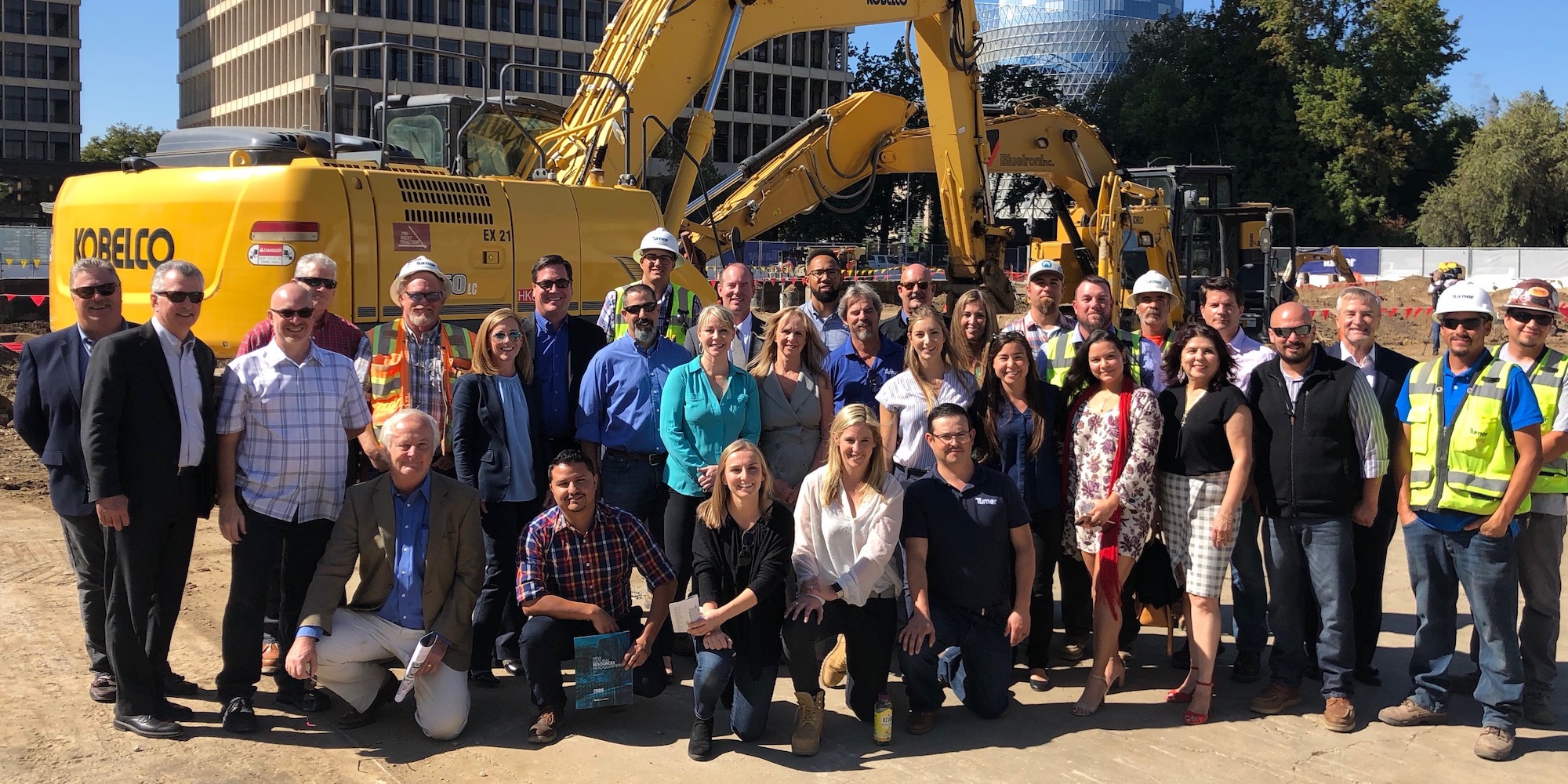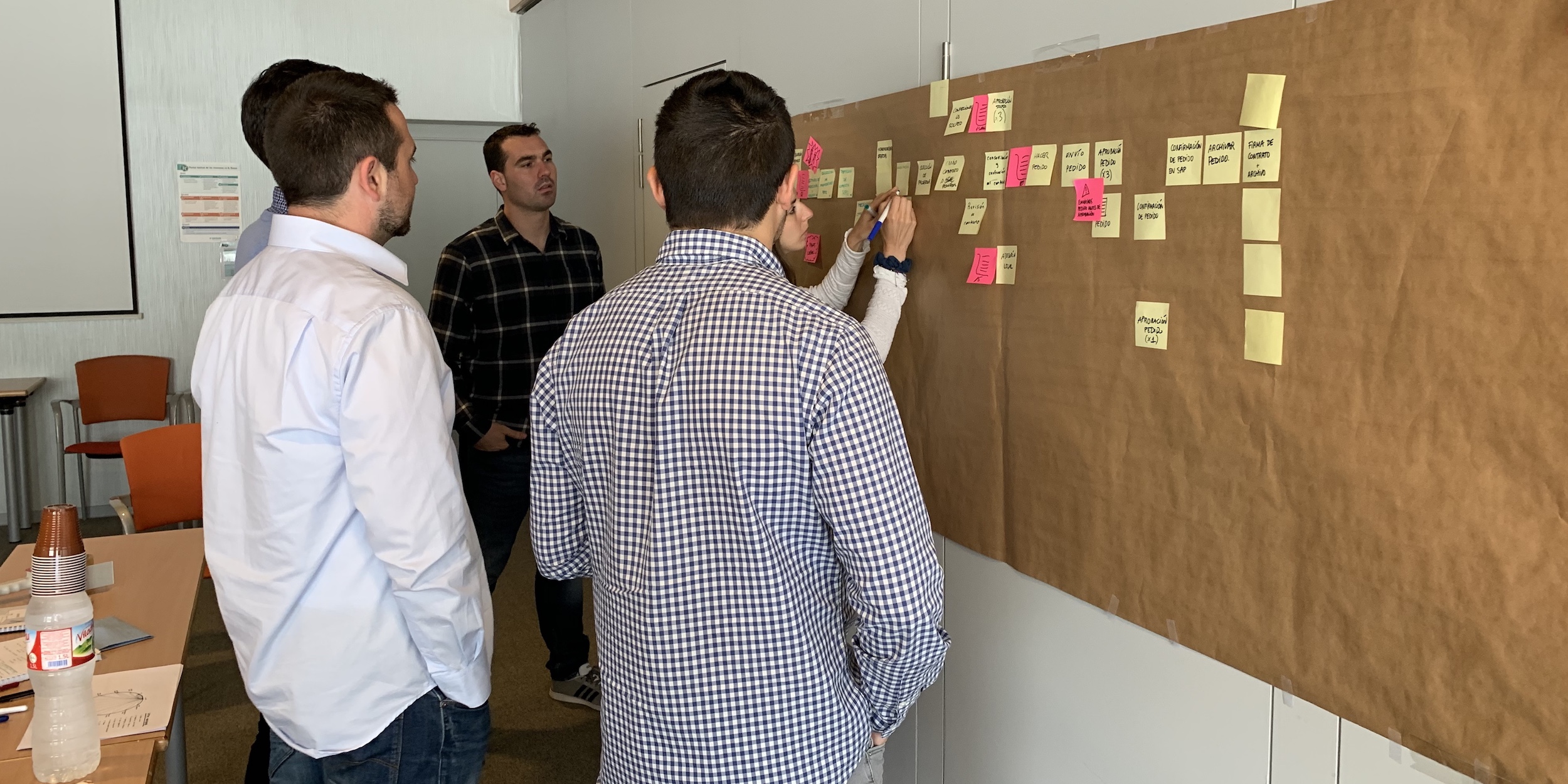
The kind of leadership mindset making lean possible
FEATURE – Using Carol Dweck’s distinction between fixed and growth mindsets, the author discusses how leaders should think and act to make lean possible. Looks like no fixed mindset is beyond saving.
Words: Robson Gouveia, Project Manager, Lean Institute Brasil
“We coached a team to start daily management practices, using rapid 20-minute-a-day meetings where coaches and coachees discussed and tackled issues. The basic idea was to identify deviation in the shortest time possible, while providing a real opportunity for teamwork and mutual support to flourish. We thought these meetings would also help us develop people, look for the causes of problems, and prevent them from reoccurring.
In the first four weeks, it was already clear that reality wouldn’t match our expectations: people didn’t show up at the arranged time, the causes of problems were not analyzed, and the meetings were far from regular (with the leader often not showing up).”
-------
This is the testimony of a company director leading a lean transformation. If you were him, the person responsible for this transformation, what would you think was happening? How would you feel? What would you do?
The answers I usually get when I ask these questions include: the daily management model is not working; the framework is not good enough; the leader doesn’t have the right skills; or the team needs more coaching. A common thread seems to be that people understand the tool or model they deployed failed, normally as a consequence of the lack of competence of those involved.
We all want to know why some companies prosper while others struggle, why some transformations succeed while others fail, and – perhaps more importantly – what behaviors cause the pendulum to sway one way or the other. In our experience as lean folks, what drives success (or failure) is how leaders think and act, whether they believe they know everything or are open to learning continuously. In other words, it’s a question of mindset.
It is exactly mindset that leads many leaders to blindly copy and paste tools and roadmaps that have brought success to others, with only superficial modifications and adaptations. They want a formula for success (which consulting firms are happy to provide, too often promising top outcomes in the face of modest efforts). Such silver-bullet “solutions” might tell us how to prepare the Project Management Office or how to structure the improvement area, but they don’t do anything to ensure we can rely on the willingness to experiment and learn every day that leaders need to have. (Lean is, more than anything, continuous learning.)
The only way to successfully lead a transformation is being open to learning and growing, and performing real experiments that aim to solve real problems. Going back to the situation faced by the director that I shared at the beginning of this article, here's how a lean leader would respond to it:
- “I am part of the problem,” she would think. “I need to try harder and make sure I understand what difficulties people are encountering.”
- “Let's understand how to better identify the right measures to take and let’s define clear steps forward until we reach the desired outcome.”
- “I need to be around and understand what I wasn’t able to convey with my practices about the importance of what we are doing. That’s how we can get greater participation. It is my responsible to evolve and keep learning.”
THE MINDSET OF LEAN LEADERS
Lean leaders struggle, learn, and evolve until a problem is solved. They follow this particular sequence until they succeed. Positive outcomes are not a matter of being right or wrong, or being competent or not; instead they are directly related to how much leaders personally engage in the cause. The assumption is that, using the right method and making an effort, everyone is capable of succeeding. Otherwise how could we explain all the brilliant leaders that fail miserably at lean despite their high-level education and great ability to execute?
Dr. Carol Dweck, the author of Mindset: The New Psychology of Success (I highly recommend it), can help us to better understand how people think and behave in different situations. The central idea behind her work is that there are two types of mindset:
- People who have a fixed mindset consider themselves the wisest and most intelligent, which typically leads them to frustration when failure occurs. They don’t admit making mistakes easily and want everything to work out the first time. They have always been praised for their intelligence, successes, and achievements, and this has made them excessively individualistic and prevents them from wanting to learn new things.
- Those with a growth mindset believe that success is directly related to constant learning and the effort you make and that the results of any experiment are not meant to prove whether or not you are smart. These are people who recognize their mistakes and learn from them. In fact, they are thrilled to continue learning when something goes wrong. Their confidence doesn’t stem from their intelligence but from their dedication. They have the power to overcome problems and improve.
This distinction between mindsets applies to all areas of life, including lean thinking. There is no doubt that the mindset of business leaders who embrace lean and evolve with it is one of growth. Lean leaders want to learn, to experiment, and to create their own solutions. They are change agents. They use consultants not to get answers, but to get the encouragement (through questions) they need to keep moving forward. They want to be taken out of their comfort zone. They consider themselves to be continuous learners who are responsible for the success of their people and the project they are involved in.
WHY FIXED MINDSETS THWART LEAN EFFORTS
A leader's behavior is more important than her personality. I met leaders with a good conceptual understanding of what a lean transformation calls for who completely failed at the basics (such as teaching employees and holding them accountable for applying what they learned). They focused on giving orders for the teams to execute, without really committing to those practices themselves.
Fixed-mindset leaders normally have big egos, and tend to be more concerned with their personal reputation than with anything else. They see themselves as geniuses, tend to feel superior to others and are constantly looking for people who can execute their vision. In case of success, they take all the credit. They seem to be particularly keen on roadmaps, and on implementing lean tools in a specific sequence. They normally want to create a “lean office”, so that they will be the ones holding the reins of the transformation.
Unfortunately, there isn’t much about lean that is linear and unambiguous. It is no recipe that will lead to success every time. Succeeding at it depends on our ability to overcome obstacles and have a clear purpose. The problem is that fixed mindsets hate obstacles – they get in the way of their success – and immediately turn to finger-pointing when things don’t work out.
For a lean transformation to occur, we need teamwork and encouragement, which makes fixed mindsets very challenging personalities to deal with. We want farmers, not heroes, remember?
CAN FIXED MINDSETS CHANGE?
The good news is that it is possible to shift from a fixed mindset to a growth mindset and become a change agent in your lean transformation. We see more and more CEOs, VPs, directors, and senior executives trying to create new habits – which is encouraging for our community as a whole.
Shifting is not an easy job, however. The simple fact of knowing how lean leaders think and behave can convince you to engage in deep reflection. Is it enough? Of course not, but it’s a start. After seeing a path forward, you will be able to start training your mind to develop new behaviors.
So, perhaps you should start reflecting on the following:
- Your role as sponsor – You are not a lean champion solely because of your position. Instead, you should strive to get personally involved, becoming more active at the gemba, understanding obstacles, giving the necessary support and encouraging people and yourself to continue learning from the new practices. Today, how often do you show through your behaviors that lean is important?
- Lean is more than just something you “implement” – You have started a series of experiments to solve simple and complex problems in your organization, but there is no script to follow. Adopting new practices and experimenting are, first of all, a result of learning new and disruptive ways of delivering value to customers. How do you encourage your team to perform endless experiments? What are you learning from your new practices?
- Be an apprentice – If you start from the idea that you do not know, or that you are not sure that everything will happen as you imagine it will, you will be more open to learning. This will make you try harder and more, search for causes in greater depth before coming up with countermeasures, even better prepare for a meeting or a gemba walk. What have you done for your own learning?
WHAT ARE THE STEPS?
If you have recognized and accepted that you have a fixed mindset – the one that makes you believe that your personality, your way of being, will always be the same –you have already taken the first step. Changing is not hard; believing you can is.
The second step is to begin cultivating different thoughts. For a person with a fixed mindset, day-to-day mistakes, difficulties, and small disasters are a sign that they are incompetent. But the truth is that, if your 5S experiment is not a success, it doesn't mean the whole transformation is doomed. It just means that the approach taken so far hasn’t yielded the expected results and that more effort is required.
In fact, one might say there can be no learning without mistakes and failures. We can plan to reduce errors, but they will still happen at times. There is no problem with that, so long as we learn from them. It is because people grow up with the idea that mistakes are a bad thing that they end up hiding problems.
Fixed-mindset leadership stuck to roadmaps and silver bullets does not lead to competitive success. Lean leadership that challenges the organization, employees, and leaders to adopt a different approach to work does.
The first thing you need to do to change your organization is changing yourself and your way of leading. It is no coincidence that the leaders of successful lean companies began by believing in the potential of human development, both for themselves and in others. They do not talk roadmaps, but journeys. This is how they are feeding the lean management revolution!
THE AUTHOR

Read more


FEATURE - Italian physicist Enrico Fermi is one of history's greatest "lean scientists," who developed a revolutionary approach to research and mentoring from which lean managers can still draw inspiration.


INTERVIEW – During his recent visit to California, our editor sat down with a Senior VP from Turner Construction to discuss leadership transformation and the importance of diversity in the workplace.


FEATURE – As global supply chain suffer ongoing disruption, the author addresses the misconceptions on Just-In-Time that keep appearing in the media.


THE NAKED GEMBA – Value stream mapping is a fundamental tool in any lean transformation. The author takes us the most common mistakes companies make using it, so that you can avoid the pitfalls.

